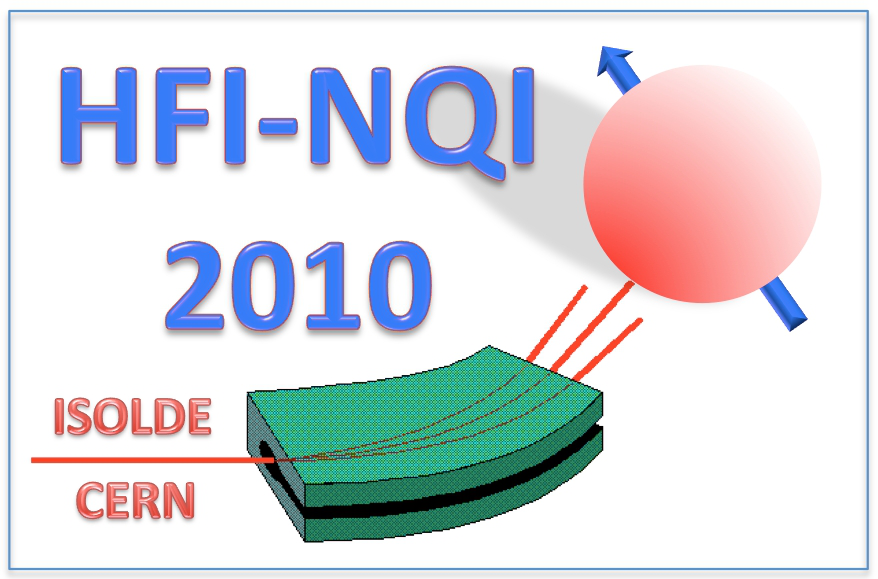Speaker
Mr
Patrick Kessler
(HISKP, University of Bonn, Germany)
Description
GaN and ZnO are candidates for dilute magnetic semiconductors with Curie temperatures above room temperature [1]. Doping with transition metals (TM) like Co, Mn or Fe is a simple way to create such systems. The PAC probe 100Pd/100Rh is isoelectronic to cobalt and therefore a perfect tool to investigate the incorporation of TM´s into these compounds as well as the influence of other impurities onto the internal magnetic fields.
(0001) and (1010) oriented ZnO single crystals samples, freestanding GaN films and GaN thin films on 6 μm thick sapphire substrates were recoil-implanted with the 100Pd/100Rh probe as described in detail elsewhere [1]. The probe was produced using the fusion evaporation reaction 92Zr(12C,4n)100Pd at a beam energy of 70 MeV. After recoil implantation PAC spectroscopy was performed at room temperature. The samples were measured as-implanted, and following isochronal annealing for 10 min at increasing temperatures.
First results without and with an applied external magnetic field (Fig. 1) are indicative of a strongly disturbed lattice vicinity of Pd impurities in both hosts. No signs of spontaneous ferromagnetic ordering were observed.
References
[1] T. Dietl, Science, 287, 1019 (2000).
[2] E. Bezakova, Ph.D. thesis, Australian National University, Canberra, (1998).
| Are you a student, a delegate from developing countries or a participant with physical needs and would like to apply for a sponsored accomodation. Please answer with yes or no. | no |
|---|
Author
Mr
Patrick Kessler
(HISKP, University of Bonn, Germany)
Co-authors
Prof.
Aidan Byrne
(Department of Nuclear Physics at ANU, Canberra, Australia)
Prof.
Heiko Timmers
(The University of New South Wales at ADFA, Canberra, Australia)
Ms
Krystyna Mueller
(HISKP, University of Bonn, Germany)
Dr
Reiner Vianden
(HISKP, University of Bonn, Germany)
Dr
Thomas Geruschke
(HISKP, University of Bonn, Germany)
